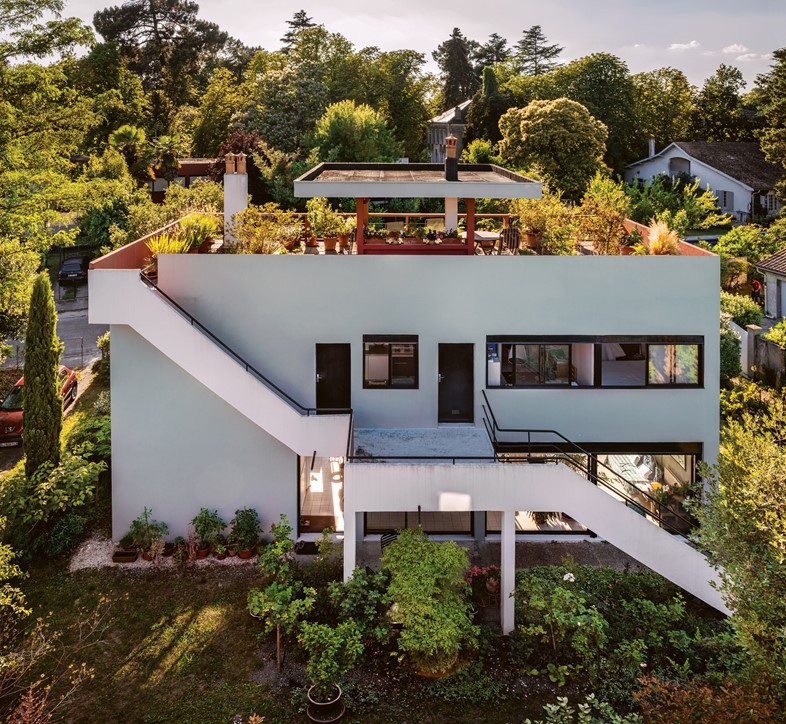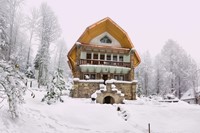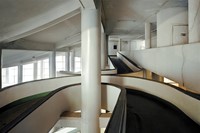From an active romantic life to his alternative career as a painter of ‘Purism’
Le Corbusier’s appeal extends far beyond the guarded elitism of the architecture world. Arguably the most influential architect of the 20th century, his name alone is enough to evoke a sense of reflection on what it means to be modern. As scholar and curator Jean-Louis Cohen writes in the introduction to new Thames & Hudson book Le Corbusier: The Buildings, “attempting to take Le Corbusier’s entire work into account in a single publication is not without precedent”. As early as the 1920s, the architect was already dedicating much of his time and energy to documenting and publicising his work in a systematic fashion. Now, to celebrate this near-comprehensive tome of Le Corbusier’s architectural legacy, five lesser-known facts about the celebrated architect’s life and work.
1. He viewed architecture as politics
“Architecture or revolution,” is one of the architect’s most memorable quotes and stemmed from his belief that an efficient, industrialised architecture was the only way to avoid class-based revolution. His arguments appeared fully formed in Vers Une Architecture, a book featuring his now much-studied manifesto, Five Points of Architecture. Villa Savoye is arguably the most absolute execution of his five point manifesto – built between 1928 and 1931, the Poissy villa was designed as a home for insurer Pierre Savoye and his wife Eugénie and marks both the endpoint and culmination of the cycle of houses in which Le Corbusier distilled the ideals of Purism. The presentation of inhabitant wellbeing as a primary factor in the design of buildings is one that forged the foundations of Modernism and subsequently shaped how we live today, with his focus on the human experience of architecture enduring decades of urban evolution.
2. He thought that traditional education was irrelevant
What do Le Corbusier, Frank Lloyd Wright and Mies van der Rohe all have in common? Aside from being three of recent history’s most celebrated architects, they all found their way into the world of architecture without any formal academic training. Thanks to the architect’s do-it-yourself approach to education, many of the influences and inspirations behind his pivotal principles remain widely undocumented. Le Corbusier’s tendency to disclaim intellectual influences saw him double-down on a sincere belief that his ideas sprung organically from his own creative genius, a narrative more commonly associated with artists than architects.
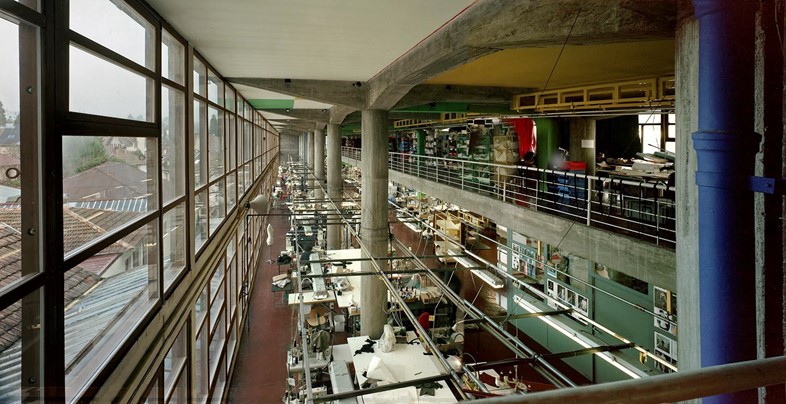
3. And variety was key
Although Le Corbusier achieved more in his career than the vast majority of his peers, he decided to take a significant hiatus from architecture between 1918 and 1922. Compounding the evidence that he identified as an artist, rather than an architect, he spent this period developing his work as a painter. His signature style became a less romantic form of Cubism, referred to by Le Corbusier as Purism.
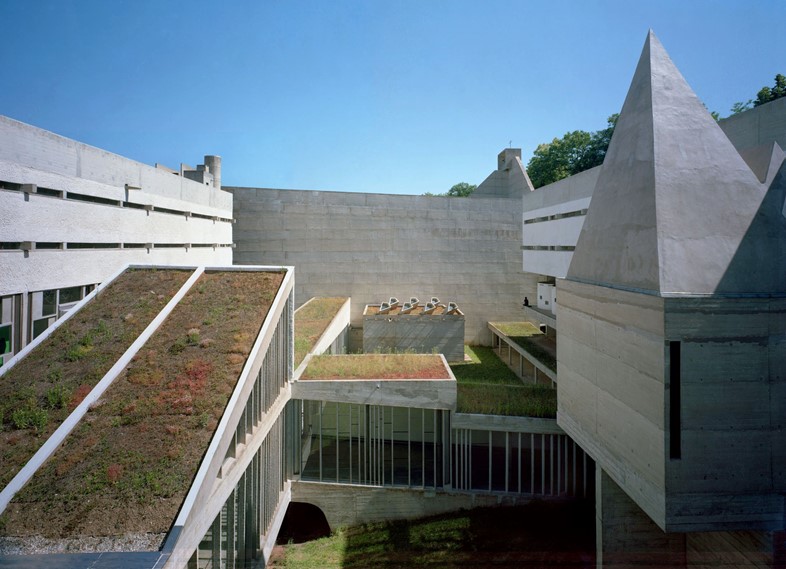
4. He shared his love with many
Forbidden romance plagued the architect’s personal life. Le Corbusier married Monaco-born model Yvonne Gallis in 1930. While the pair harboured a great deal of love for each other, he conducted a number of affairs, while she had a reputation for being quite emotionally cruel. Most interestingly, in 1929 Le Corbusier became acquainted with a married Josephine Baker on a boat headed for Buenos Aires. Baker was travelling with her husband, but the architect later confessed to his elderly mother that the pair indulged in a passionate affair, resulting in Le Corbusier producing a number of nude sketches of the famed activist and entertainer.
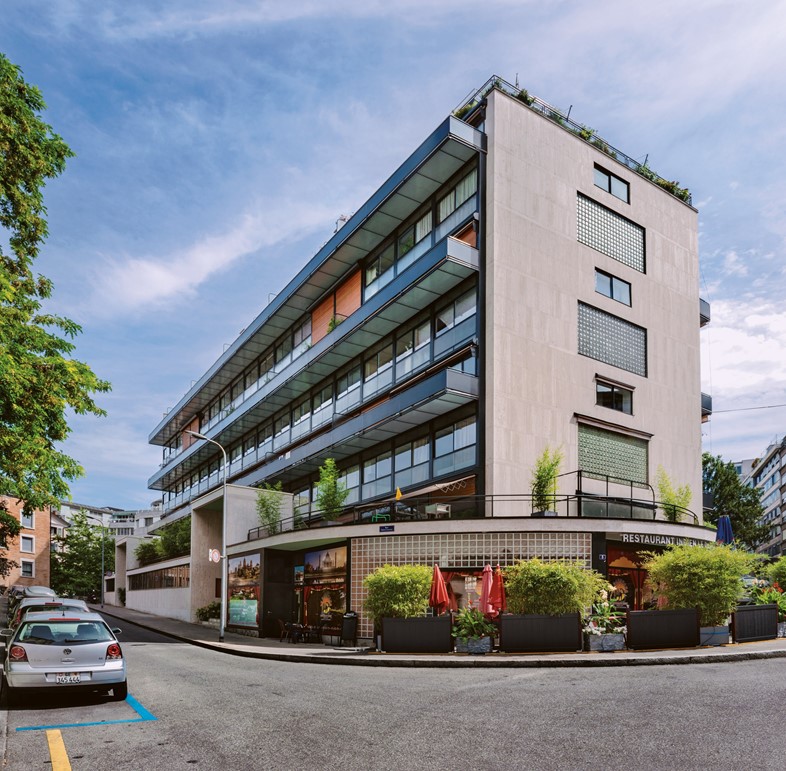
5. But it was the sea that eventually broke his heart
In 1965, at 77 years of age, Le Corbusier took a lengthy swim in the Mediterranean, against his doctor’s orders. Despite being spotted struggling to climb out of the water, the architect rejected the help of nearby wanderers and is thought to have suffered a heart attack. His body was later discovered washed up on the shore.
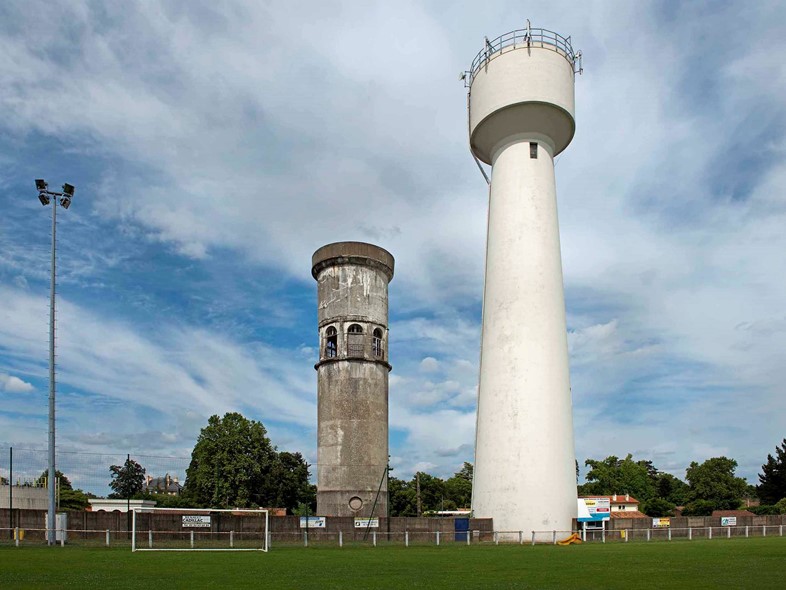
Le Corbusier: The Buildings is out now, published by Thames & Hudson.
